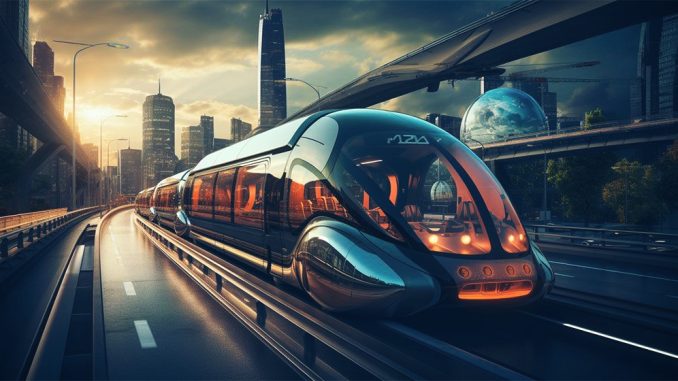
Transportation is undergoing a revolution, driven by advancements in technology, changing consumer preferences, and the need for sustainable solutions to urban congestion and environmental challenges. In this article, we explore the future of transportation, examining innovative technologies and trends that are shaping the way we move people and goods in the 21st century.
One of the most transformative trends in transportation is the rise of electric vehicles (EVs) and autonomous vehicles (AVs). EVs offer a cleaner and more sustainable alternative to traditional gasoline-powered vehicles, reducing greenhouse gas emissions and dependence on fossil fuels. With advancements in battery technology and charging infrastructure, EVs are becoming increasingly affordable and accessible, paving the way for widespread adoption in the coming years.
Similarly, AVs have the potential to revolutionize the way we travel by reducing accidents, improving traffic flow, and enhancing mobility for individuals who are unable to drive, such as the elderly and disabled. With the development of advanced sensors, artificial intelligence, and connectivity technologies, AVs are poised to transform transportation systems and urban landscapes, enabling safer, more efficient, and more convenient mobility options for passengers.
Moreover, the concept of mobility as a service (MaaS) is gaining traction as an alternative to traditional car ownership models. MaaS platforms integrate various modes of transportation, including public transit, ridesharing, bike-sharing, and car-sharing, into a seamless and interconnected network, allowing users to plan, book, and pay for transportation services through a single app. By providing convenient and cost-effective alternatives to car ownership, MaaS has the potential to reduce congestion, alleviate parking pressures, and improve access to transportation in urban areas.
In addition to ground transportation, the future of aviation is also being transformed by technological innovations and sustainability initiatives. Electric and hybrid-electric aircraft promise to reduce emissions and noise pollution compared to traditional jet engines, opening up new possibilities for regional and short-haul air travel. Additionally, advancements in supersonic and hypersonic flight technologies could enable faster and more efficient air travel, shrinking travel times and expanding global connectivity.
Furthermore, the emergence of urban air mobility (UAM) presents new opportunities for aerial transportation within urban areas. Electric vertical takeoff and landing (eVTOL) aircraft, also known as flying taxis, offer a promising solution to urban congestion by providing on-demand air transportation services for short-distance trips within cities. With ongoing trials and demonstrations in cities around the world, UAM has the potential to revolutionize urban transportation and reshape city skylines in the years to come.
Despite the promise of these innovations, challenges remain in realizing the full potential of future transportation systems. Infrastructure investment, regulatory frameworks, safety and security concerns, and societal acceptance are among the key factors that will influence the adoption and implementation of new transportation technologies and modes of mobility.
In conclusion, the future of transportation is characterized by innovation, sustainability, and connectivity. From electric and autonomous vehicles to mobility as a service and urban air mobility, the transportation landscape is undergoing a profound transformation that promises to improve mobility, reduce environmental impact, and enhance quality of life for people around the world. As these technologies continue to evolve and mature, the possibilities for the future of transportation are limitless, ushering in a new era of mobility for the 21st century and beyond.